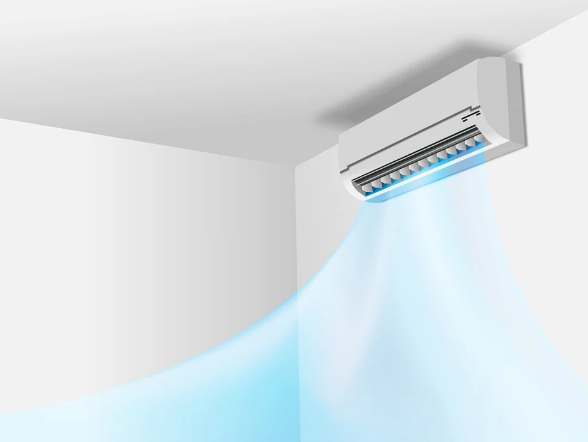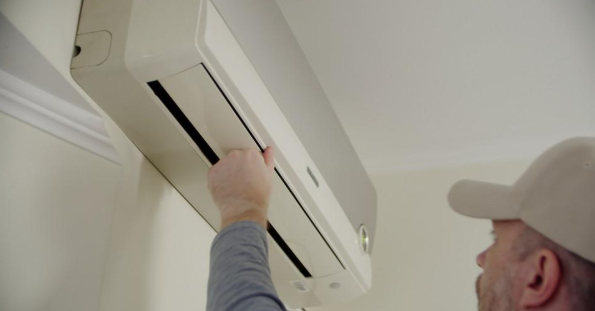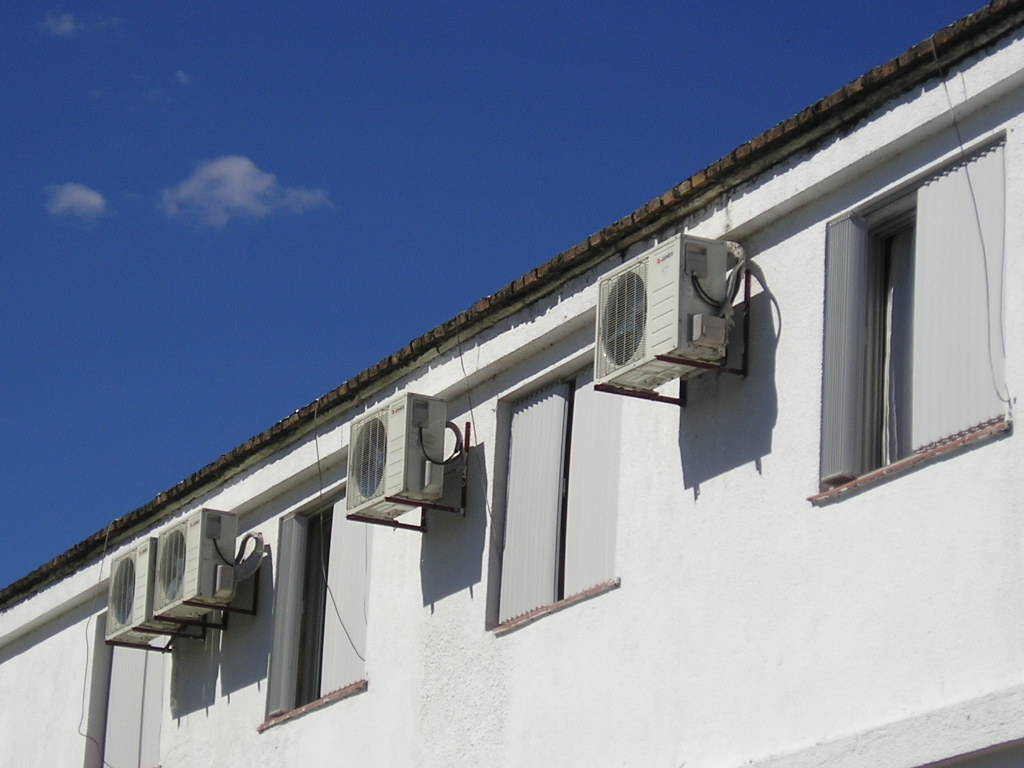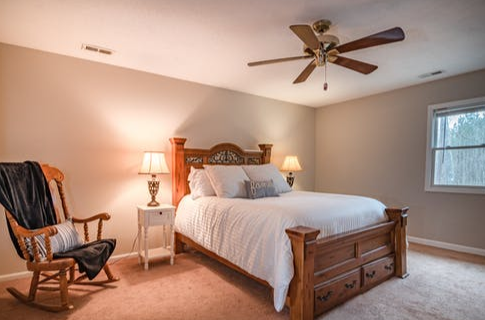As temperatures rise and our reliance on air conditioning grows, ensuring that your air conditioning unit is functioning optimally is more crucial than ever. Not only does a failing air conditioner result in discomfort, but it can also lead to hefty energy bills and potential environmental harm. Identifying signs that your air conditioner is nearing the end of its useful life can help you plan for repairs or replacement, keeping your home comfortable and energy-efficient.
Increased Energy Bills
A noticeable uptick in your energy bills might signal that your air conditioner is working overtime to maintain a comfortable temperature in your home. This can occur when the unit’s efficiency decreases as it approaches the end of its lifecycle. Interestingly, the Department of Energy notes that modern air conditioning units are about 50% more energy-efficient than those manufactured in 1990, highlighting how aged units could significantly underperform.
Older units often struggle to cool homes effectively, causing them to run longer and consume more electricity, thus increasing operational costs. This inefficiency is not only costly but may also contribute to a higher carbon footprint. Adapting to newer systems can provide not only economic relief but also environmental benefits, further justifying the investment in a modern system.
This increased energy consumption is a key indicator that your unit is on its last legs, especially if you observe no significant changes in your usage pattern. Replacing the unit with a new, energy-efficient model can result in substantial savings, making it a worthwhile consideration for budget-conscious homeowners. Regular maintenance can sometimes delay this inevitability, but degradation in efficiency often marks an air conditioner that’s approaching the end of its useful life.
Inconsistent Cooling Performance
Air conditioners that struggle to maintain consistent temperatures might be signaling their decline. When your air conditioning system is unable to cool certain areas of your home or leaves hot and cold spots, it could be nearing its end. Ineffective cooling performance is not only uncomfortable but can also signify deeper mechanical issues at play.
Over time, parts wear out, and the unit’s ability to evenly distribute cool air diminishes. This problem is compounded by the fact that approximately 90% of homes are equipped with air conditioning units, making the demand for consistent performance particularly critical. As these units age, their performance can decline dramatically, often resulting in uneven cooling throughout the household.
Routine maintenance might band-aid the issue temporarily, but persistent uneven cooling is often a clear indication of a system that’s reaching its limit. Eventually, investing in a new system becomes necessary to ensure comfort and efficiency within the home. New systems incorporate advanced technology that ensures even the farthest rooms receive adequate cooling.
Frequent Repairs and Unusual Noises
As air conditioners age, the frequency and cost of repairs often increase. Units that require frequent repair often reach a point where replacing parts is no longer cost-effective compared to purchasing a new unit. This Old House suggests that such signs of deterioration are telling in approximately 90% of homes with air conditioning.
Moreover, if your unit begins making unusual noises, such as grinding, rattling, or squealing, these sounds might indicate mechanical failures. Consistent, strange noises may point to larger issues, potentially leading to complete breakdowns if not addressed. Replacing an outdated system before such issues multiply can be a prudent home improvement measure.
These repair demands, coupled with strange occurrences, often accompany an air conditioner’s final years of service. By opting for a replacement, homeowners can ensure a seamless cooling experience without the headache of constant fixes. Timely replacement can also provide peace of mind, guaranteeing your comfort regardless of the external temperatures.
Aging Beyond 15 Years
Many air conditioners are designed to last around 15 years, but when yours hits that age, keeping a close eye on its performance becomes even more critical. According to the Environmental Impact Assessment, over 10 million households in the U.S. still operate air-conditioning systems that are over 20 years old. Units this old are far beyond their expected lifespan and likely struggle to provide efficient cooling.
The continual advancements in technology mean that today’s systems are significantly more advanced and capable than older models. Opting for a modern unit can provide myriad benefits, including enhanced efficiency and improved environmental impact. With current systems using about 50% less energy than those from 1990, the savings can be substantial.
Therefore, regularly evaluating the age and efficiency of your current system is crucial in maintaining a comfortable and cost-effective home. By choosing to replace an aged unit proactively, you can capitalize on these advancements while avoiding the pitfalls of sudden system failure during peak usage seasons. This strategic foresight ensures continuous comfort and environmental responsibility.
Being able to spot the signs of a failing air conditioner is essential for maintaining an efficient and comfortable home environment. From rising energy bills to inconsistent cooling and frequent repairs, recognizing these indicators allows homeowners to make informed decisions. As technological advancements continue to make newer air conditioners significantly more efficient, the transition to a new system can result in notable energy savings.
An updated air conditioning unit not only benefits individual households but also contributes positively to environmental conservation efforts. This is especially pertinent given that nearly every home relies on air conditioning, underscoring the widespread impact of upgrading systems. By acting proactively, you ensure both comfort and sustainability in your home for years to come.
Ultimately, determining the right time to replace your air conditioner will depend on assessing its condition and understanding the implications of continued use. An investment in a new system today can lead to lower costs and greater peace of mind tomorrow. By staying attuned to the health of your air conditioning, you can ensure it continues to serve your home effectively.









